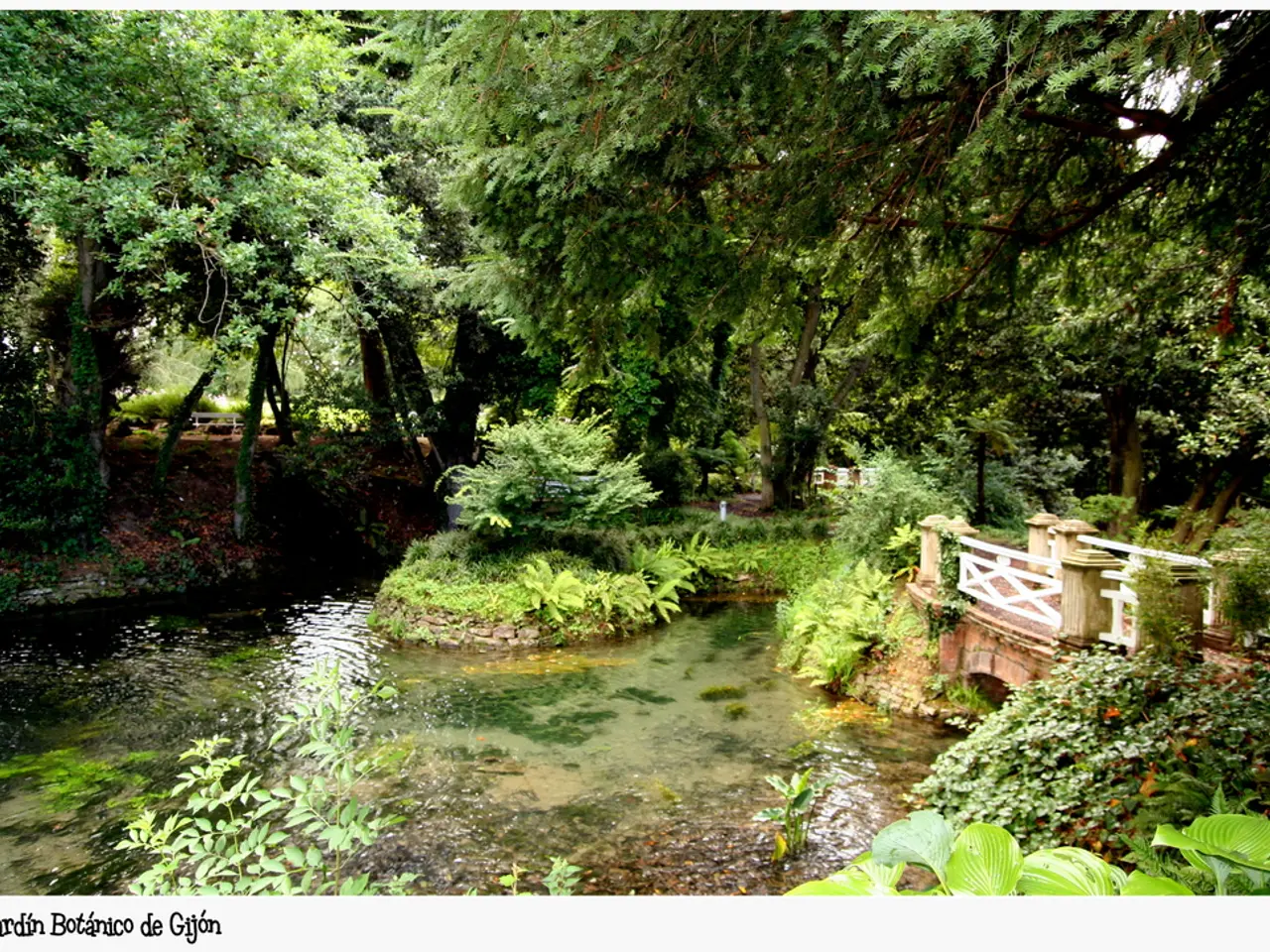Advanced Water Quality Monitoring in the Rhine River Using State-of-the-art Technology in Dusseldorf
Modern Water Monitoring System Enhances Rhine's Water Quality in Düsseldorf
The Rhine, one of Germany's most significant rivers, now benefits from a state-of-the-art water quality monitoring system at the Flehe waterworks in Düsseldorf. Operated by the State Agency for Nature, Environment and Climate (LANUV) in North Rhine-Westphalia, this system continuously measures key parameters to assess and ensure the water quality[1].
Historically, the Rhine has suffered from severe pollution, primarily due to industrial discharge, urban wastewater, and agricultural runoff. However, thanks to rigorous monitoring, targeted pollution control, and advanced wastewater treatment efforts, the Rhine's water quality has significantly improved and is now considered safe for recreational use and supports diverse aquatic life[2].
The Flehe waterworks monitoring system is a crucial part of this broader effort. It utilises modern sensors and analytical technology to detect biochemical oxygen demand (BOD), nitrates, heavy metals, and other contaminants promptly[1][2]. This enables rapid response to pollution events and contributes to the sustained ecological rehabilitation of the Rhine[2][3].
The system, located on the premises of the waterworks of the Stadtwerke Düsseldorf in Flehe, includes a new measuring container equipped with technology that allows for remote sampling and analysis[4]. The data line at the measuring station allows laboratory staff in Duisburg to draw water samples automatically online[4]. If an unusual value is detected, measurement intervals can be adjusted without a technician having to drive to the site[5].
Samples are collected and analysed for temperature, oxygen content, pH value, and a wide range of chemical substances. The Rhine warning and alarm plan ensures that authorities and waterworks are immediately informed of any detected contamination[6]. Substances that could endanger water quality often find their way into the Rhine. The 1986 chemical disaster at Chemiefirma Sandoz, which resulted in around 20 tons of chemicals flowing into the Rhine, causing hundreds of tons of fish and other aquatic creatures to die, serves as a grim reminder of the importance of effective monitoring[7].
Christoph Wagner, head of the waterworks at Stadtwerke Düsseldorf AG, and his team have a precise checklist of what to do in case of a Rhine alarm. The new measuring container in Flehe, with its advanced technology, plays a crucial role in this early warning system[8]. This modernization measure allows potential pollution waves to be detected and tracked more quickly[9]. The Rhine is monitored year-round on 225 kilometers in North Rhine-Westphalia (NRW) by LANUV, ensuring the continued health and safety of this vital waterway.
- The modern water monitoring system at the Flehe waterworks in Düsseldorf, while ensuring the water quality of the Rhine, also employs data-and-cloud-computing technology to facilitate remote sampling and analysis, thereby allowing for prompt response to any environmental-science-related issues.
- The implementation of advanced technology in the Rhine's water monitoring system, such as the use of sensors for detecting contaminants like heavy metals and biochemical oxygen demand (BOD), underscores the integration of science and technology in safeguarding the health of our environment.




